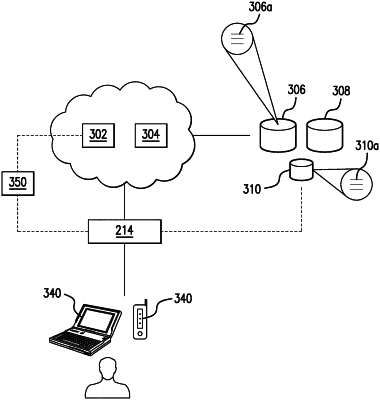| CPC G06Q 50/04 (2013.01) [G06F 16/26 (2019.01); G06Q 10/06315 (2013.01); G06Q 10/0875 (2013.01)] | 18 Claims |

|
1. A customizable supply chain management system for a particular user comprising:
one or more hardware servers comprising:
at least one rule set comprising a rule set specific to the particular user;
a gateway customer database comprising distinct customers identifiers associated with respective distinct customers including a first distinct customer, wherein data of the gateway customer database is relational;
a first database comprising a plurality of full parts and materials lists for respective manufactured products associated with at least one of the customer identifiers;
a second database comprising definitions from a contract for each of the respective manufactured products and each of the respective distinct customers regarding when one from the plurality of the full parts and the materials becomes excess, and when one from the plurality of the full parts and the materials becomes obsolete, for a manufactured product of the respective manufactured products;
wherein the definitions include a definition for the contract for the first distinct customer;
wherein the gateway customer database provides secure access to the first and second databases:
a learning module that learns and recognizes patterns in a plurality of full parts from the plurality of the full parts and materials lists based on input from the first distinct customer and other customers, wherein the learning module allows for a modification of the definition to provide a modified definition of obsoletion and excess according to the learned and recognized patterns, and automatically converts a demand versus inventory curve to a claim for excess or obsoletion before criteria meeting the modified definition is met; and
at least one terminal comprising:
a graphical user interface (GUI) that provides access to details of at least the respective manufactured products, a full parts and materials list, and the modified definition, such that a choice between the claim for excess or obsoletion or a curative measure may be made through the GUI against at least one of the full parts or at least one of the materials in accordance with a direction from a user of the GUI;
wherein a limited view of distinct customers associated with the distinct customer identifiers is shown to the particular user based on the rule set specific to the particular user.
|